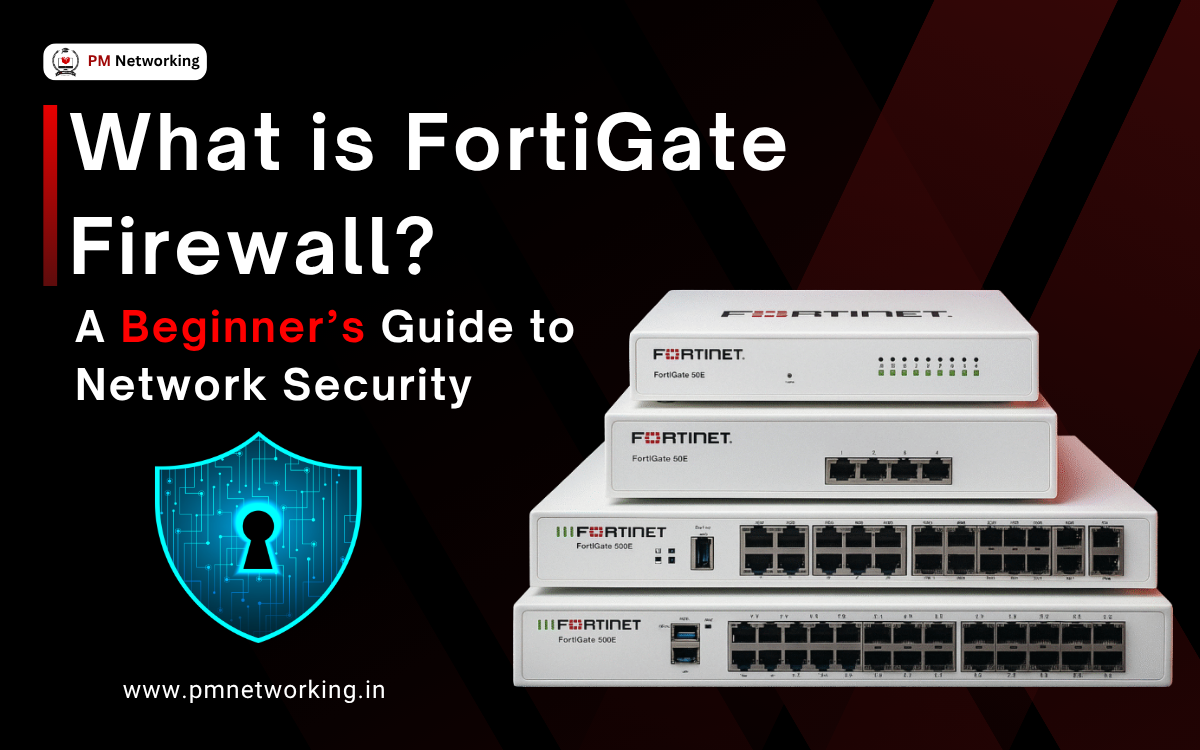
If you have ever asked yourself what is VRF or what is the VRF meaning in networking, you have come to the right place! VRF, or Virtual Routing and Forwarding, is a networking technology that enables a single router or Layer 3 switch to have many, such that each will maintain its own separate routing table. This allows customers or networks to share the same physical infrastructure without each interfering with the other traffic.
We are going to look at how VRF works, where it is used, advantages of VRF, and how VRF works in comparison to VLAN. Anyone who manages a modern network needs to know the concept of VRF, particularly in environments that demand flexibility, security, and scalability.
What is virtual routing and forwarding (VRF)?
Virtual routing and forwarding (VRF) is a feature built into IP routers that lets you run multiple routing tables at the same time on the same router. It’s like having several virtual routers inside one physical device.
With VRF, you can separate network paths without needing multiple devices. That helps improve connectivity and keeps traffic isolated, which boosts security. In some cases, it can even remove the need for things like encryption and authentication.
Internet service providers often use VRF to set up separate virtual private networks (VPNs) for different customers. When they do this, it’s called VPN routing and forwarding.
Also Read:- CCNA Course, Fees, Training And Certification in India 2025
Where is VRF used?
If you have to create multiple routing instances on the same router or Layer 3 switch, you’ll find virtual routing and forwarding (VRF) used. The whole point of VRF is to allow you to keep each customer’s traffic and routing separate, even though everything runs through the same hardware.
If VRF isn’t an option, traffic has to be split using physical interfaces or subinterfaces, along with access control lists (ACLs) to filter the traffic. That setup’s more complex, which is why VRF has become so popular, especially in corporate LANs, data centers, and with service providers that use Multiprotocol Label Switching (MPLS) and Multiprotocol Border Gateway Protocol (MP-BGP).
Also Read:- What Is the Full Form of SOC in Cyber Security?
Benefits of VRF in Networking
Using virtual routing and forwarding (VRF) comes with several benefits:
- It boosts network efficiency, security, and scalability by letting you create separate routing paths for different departments, customers, or services—all on the same physical hardware.
- It keeps traffic isolated, so different networks or customers don’t interfere with each other, even though they’re using the same infrastructure.
- It lets service providers and large companies run multiple networks on a single router, which cuts down on hardware and makes things easier to manage.
- It gives you flexibility to design complex networks. You can create multiple virtual routers to meet the needs of different teams, customers, or services.
- It makes it easier to scale the network. You can just add more virtual routing instances without changing the core setup too much.
Difference Between VLAN and VRF
VLAN (Virtual Local Area Network) and VRF (Virtual Routing and Forwarding) both help organize and manage network traffic, but they work at different layers and serve different purposes.
A VLAN works at Layer 2 of the OSI model (the data link layer). It’s used to segment devices within the same physical network, creating isolated broadcast domains. You’ll often use VLANs to separate traffic within a switch or across multiple switches.
A VRF, on the other hand, operates at Layer 3 (the network layer). It creates separate routing tables on the same router, like having multiple virtual routers in one device. Each VRF keeps its own routing table, so there’s no conflict between different networks using the same physical hardware.
Also Read:- What Is the Difference Between LAN, MAN, and WAN? (2025)
How do you configure a VRF?
When you set up a virtual routing and forwarding (VRF) instance, you’re basically creating a logical router. But unlike a full logical router that might have multiple routing tables, each VRF instance uses just one dedicated VRF table.
To make it work, a VRF needs a few key components:
- A forwarding table that tells the router where to send each data packet next (the next hop).
- A list of devices that can help forward the packet along its path.
- A set of rules and routing protocols that decide how packets are handled and where they go.
These tables and rules make sure traffic stays within its assigned VRF path. They also block traffic that doesn’t belong in that VRF, keeping everything isolated and secure.
Conclusion
So, now you know what is VRF meaning. To sum it up, VRF (Virtual Routing and Forwarding) is a powerful technology that allows you to create multiple virtual routing tables on a single router or Layer 3 switch. This helps keep network traffic separated, improves security, and makes it easier to manage and scale complex networks.
Whether you’re asking “what is VRF”, or “what is VRF in networking”, the answer is the same: it’s a way to logically divide routing on the same physical infrastructure, without needing extra hardware. VRF is widely used in data centers, corporate networks, and by service providers using technologies like MPLS and MP-BGP.
By understanding and using VRF, you can design smarter, more flexible networks that meet the needs of different users or departments, while keeping traffic secure and well-managed.







0 Comments